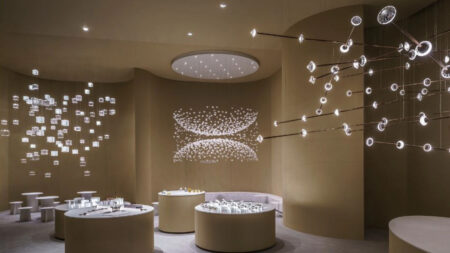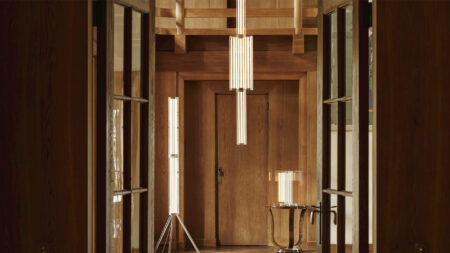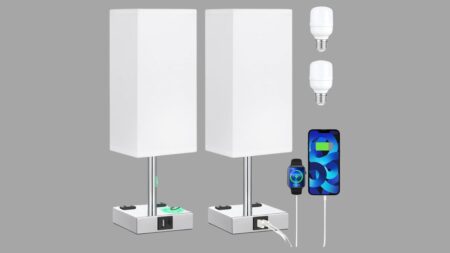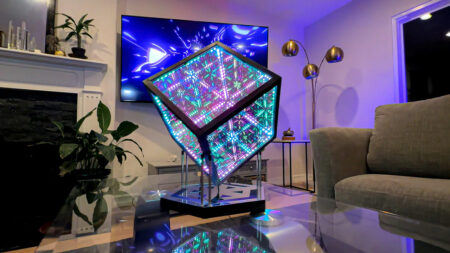When it comes to having a green home, most of us look into energy-efficient options apart from solar roofing. Not only does this serve to save us money but also makes us feel better about our effort to reduce the impact on the environment.
Replacing old lights with new and energy-efficient lighting is one of the most popular choices among people that not only reduces energy bills but also helps reduce carbon footprint.
New and energy-efficient alternatives offer better light levels and color options you would never get in traditional lights. Doing the upgrade is necessary because:
- 90% of the energy is given off as heat in traditional light bulbs
- Every single percent of energy lost as heat is money you are wasting
- New alternatives use about 25%-80% less energy than traditional options
- Last 3-25 times longer than their counterparts
What’s energy-efficient lighting
Energy-efficient lighting comes in two options – compact fluorescent lights (known as CFL) and light-emitting diode (or LED) lights. They are typically more powerful than traditional lights and come in a variety of shapes and sizes.
LED lights are smaller light bulbs that are powered by the movement of electrons. It is a more advanced technology that has replaced the ones with a filament.
This means they last longer than old light bulbs and are less bulky. The most attractive feature of LED light bulbs is that you do not have to replace them so often thanks to the comparative longer life cycle.
Why energy efficiency
Compact fluorescent light bulbs are four times as efficient as standard incandescent light bulbs, and last ten times longer. Even better, LEDs boast better numbers. They last up to 100 times longer than incandescent light bulbs and can be left on all day for more than a decade.
Cost-effective
Energy efficiency does more than allowing your light bulbs to live longer; it also helps you save on your home’s cooling and heating services. A family can save a significant amount of money on power bills. Of course, the initial cost is more than that of old light bulbs, you will find you’ve saved a lot in the long-term.
CFLs can save up to $30 per bulb, which can comfort you against the initial cost. LED bulbs are ten times more expensive, but save up to $60 in energy costs per bulb.
|
Traditional Incandescents Vs Halogen Incandescents Vs CFLs Vs LEDs |
||||||
|
Bulb Type |
60W |
43W |
15W CFL |
12W LED |
||
| 60W Traditional | 43W Halogen | 60W Traditional | 43W Halogen | |||
|
Energy $ Saved (%) |
– |
~25% |
~75% |
~65% |
~75%-80% |
~72% |
|
Annual Energy Cost* |
$4.80 |
$3.50 | $1.20 |
$1.00 |
||
|
Bulb Life |
1000 hours |
1000 to 3000 hours |
10,000 hours |
25,000 hours |
||
*Based on 2 hrs/day of usage, an electricity rate of 11 cents per kilowatt-hour (Source)
Versatility
Energy-efficient bulbs fit into old holders that house an incandescent bulb. This includes dimmers as well as three-way lamps and more. You can replace all your old lights with LED lights as they fit into the building’s standard fittings.
Reduced carbon footprint
LEDs and CFL bulbs help you reduce the amount of CO2 emission by half a ton for each bulb replaced. Also, the cost of maintenance is much less. If you care about your home’s individual carbon footprint, energy-efficient lighting is the best way to go.
When you put efforts into replacing your old lighting with bulbs that are more efficient, you will see several benefits in the long-term. Whether you care about the environment or simply want to reduce your energy bills, energy-efficient lighting is a good investment.
Follow Homecrux on Google News!




